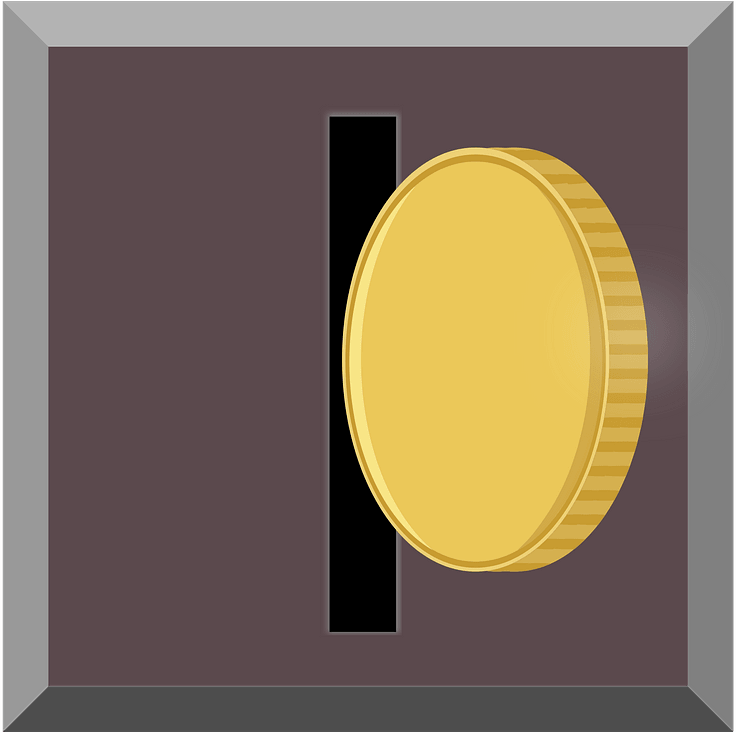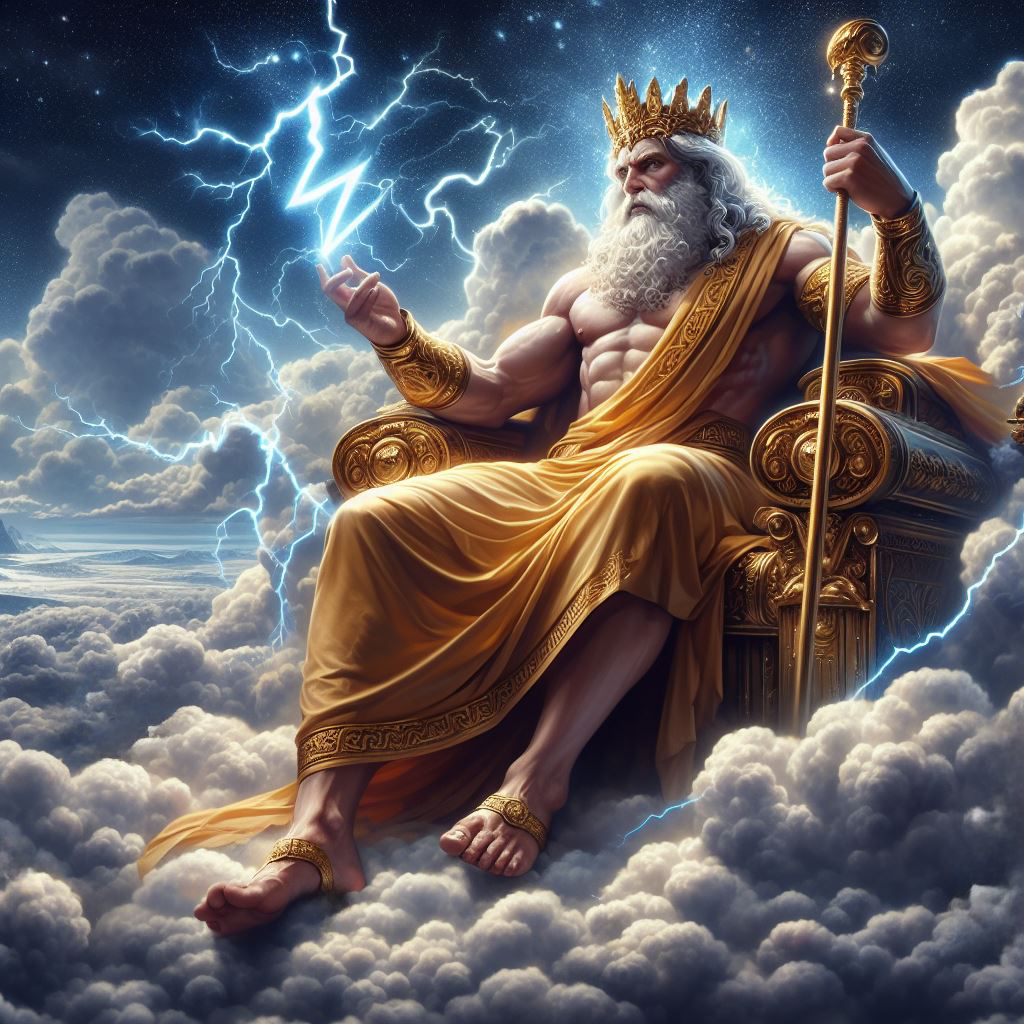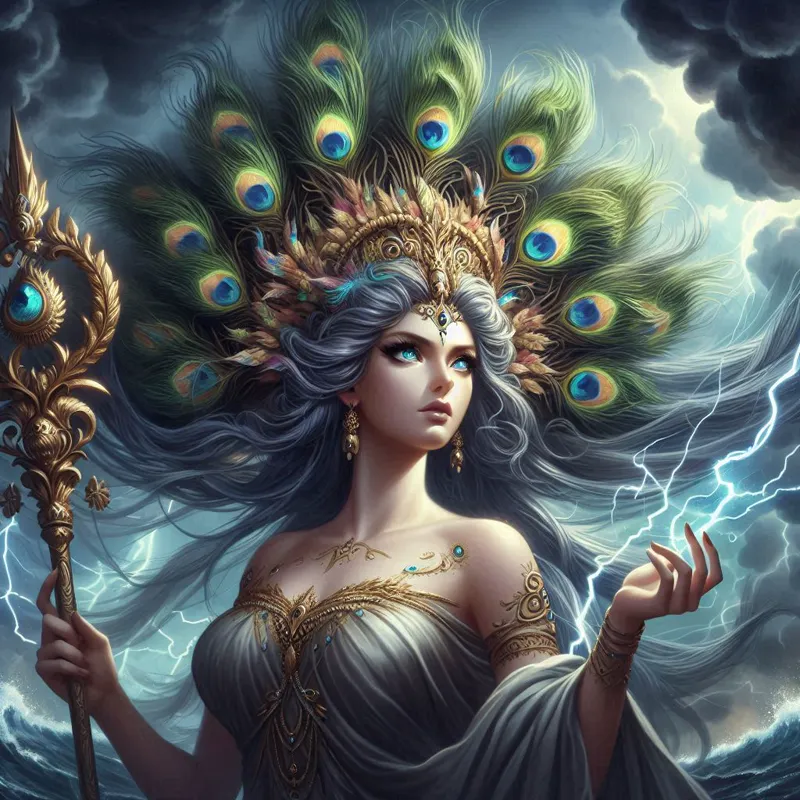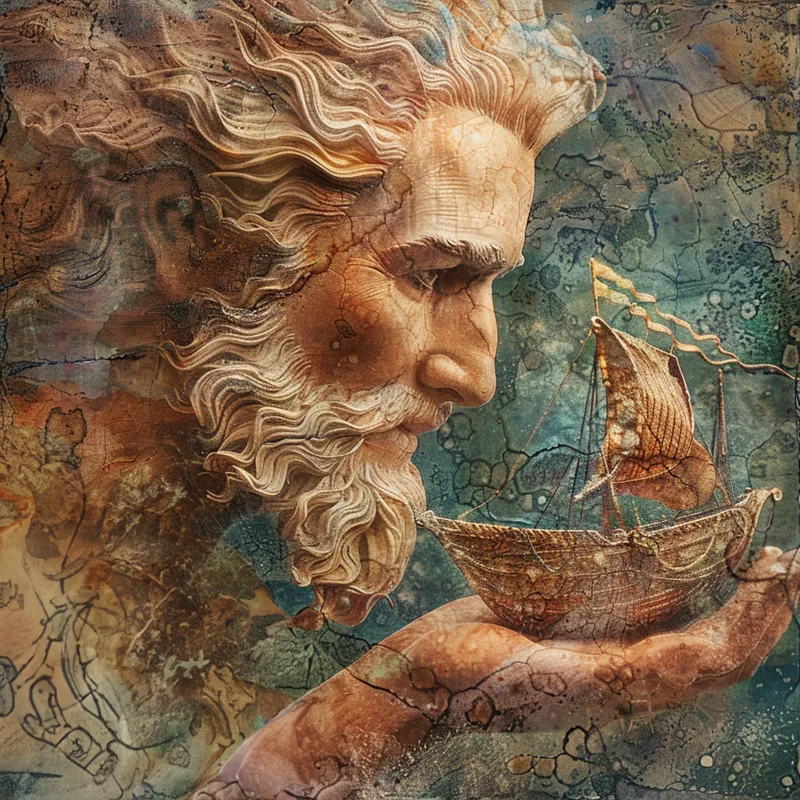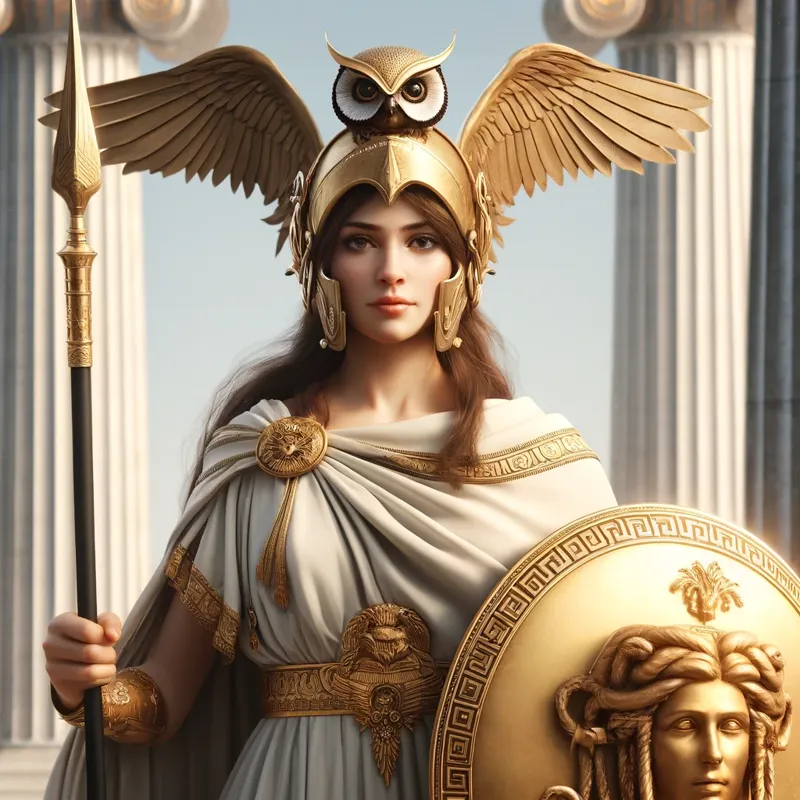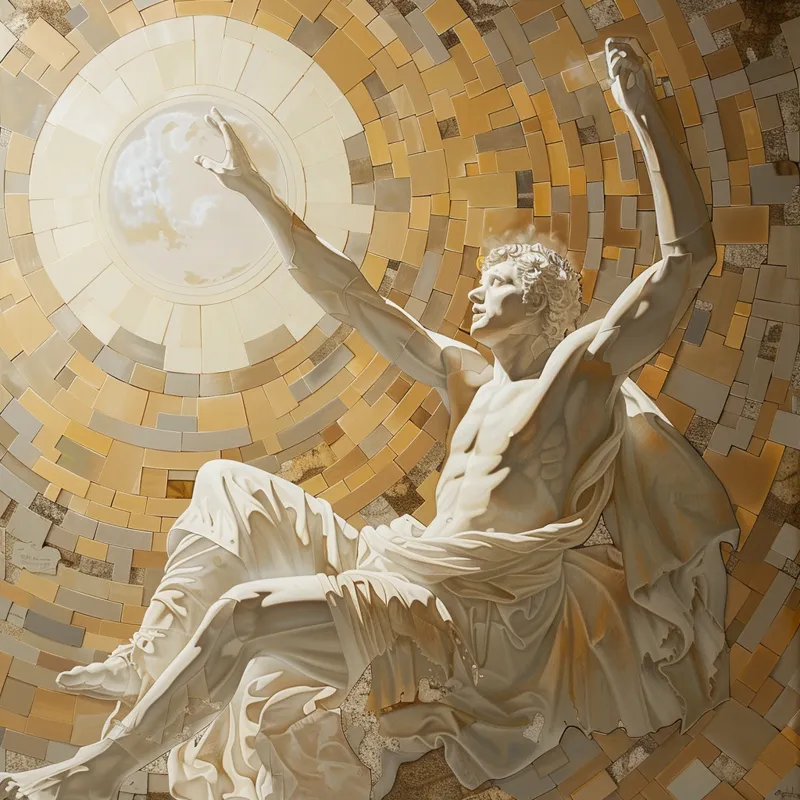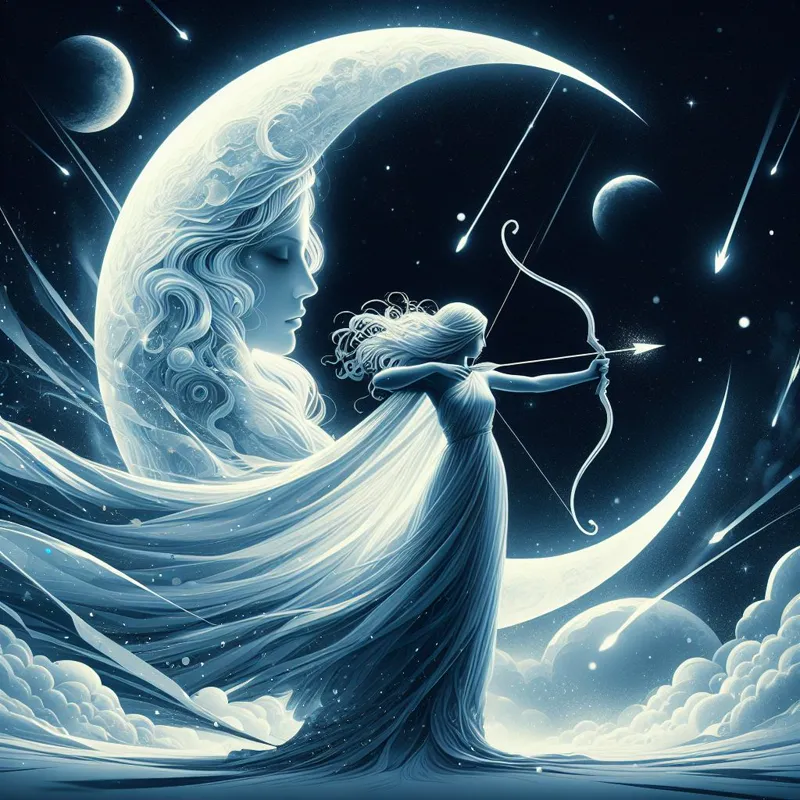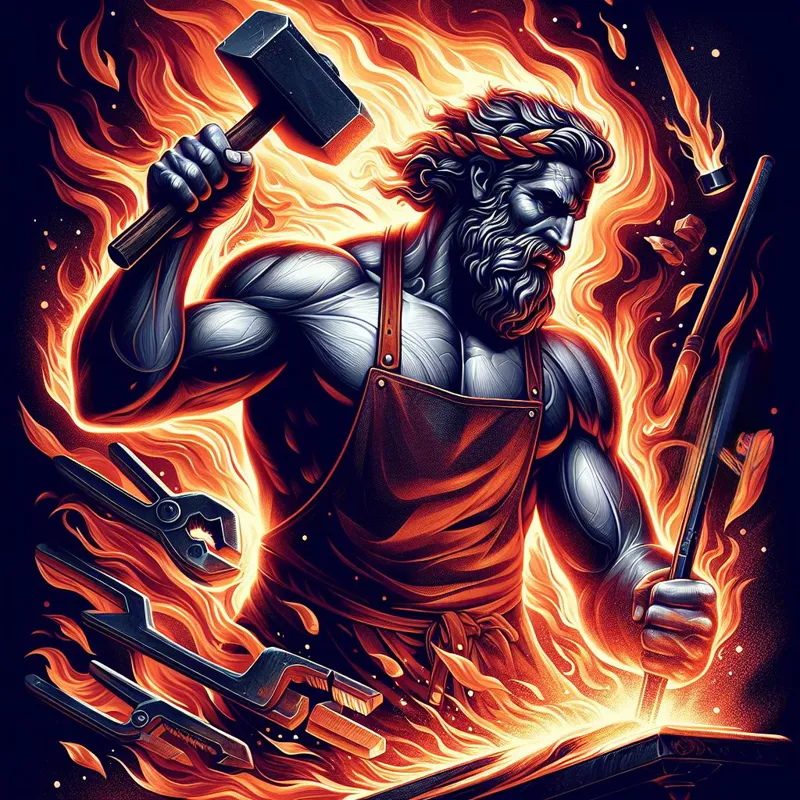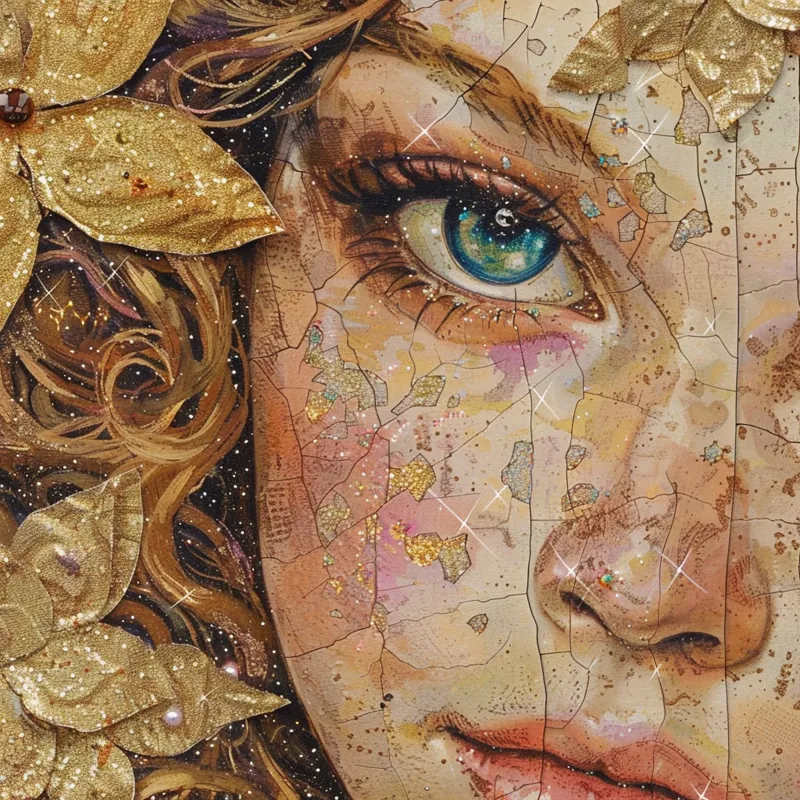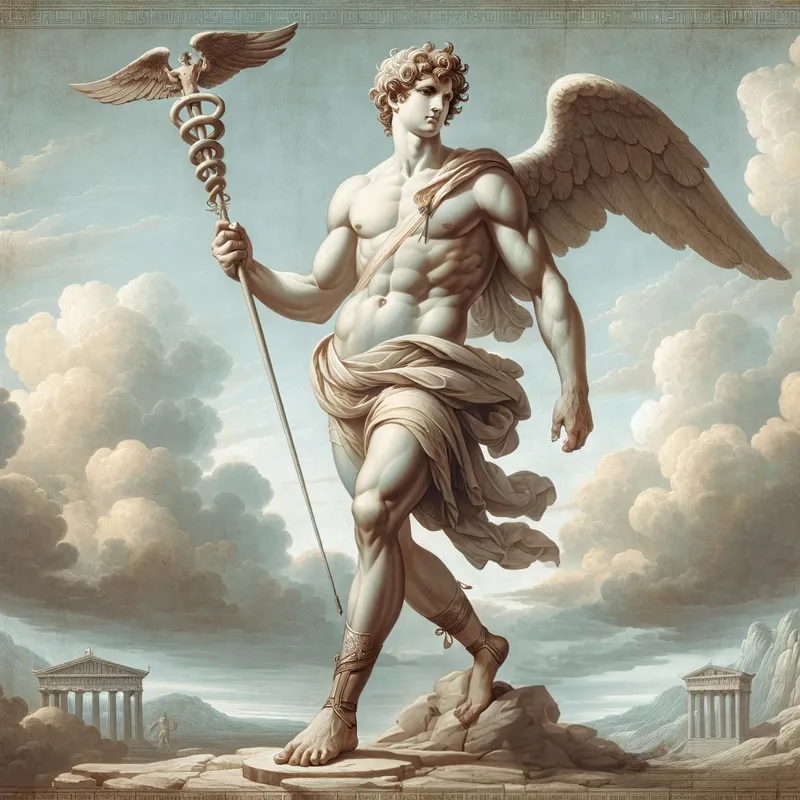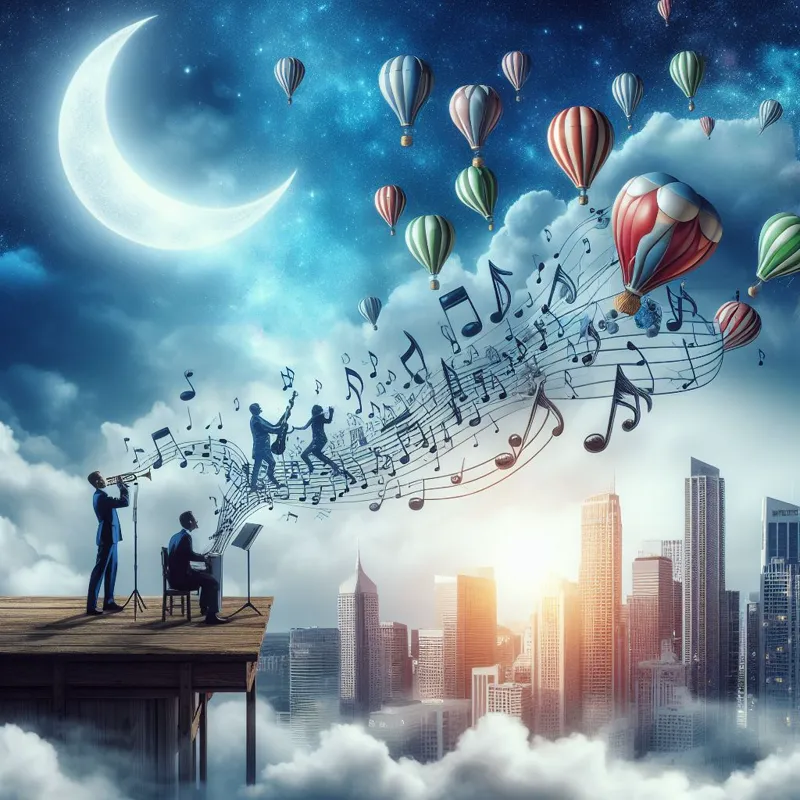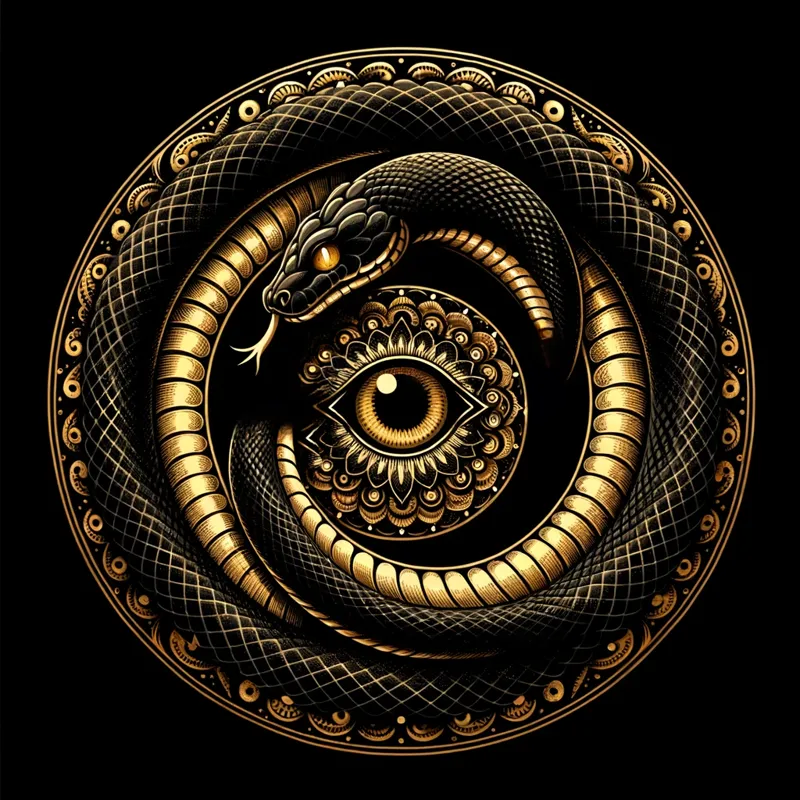
The eye of the tiger?
The ouroboros, often depicted as a serpent or dragon devouring its own tail, is one of the oldest mystical symbols in the world. Its origins trace back to ancient Egypt and have since permeated various cultures and spiritual teachings throughout history.
Representing the cyclical nature of existence, rebirth, and the eternal unity of all things, the ouroboros is a powerful emblem of life's continuity and the infinite cycle of renewal.
Ancient Egyptian Beginnings
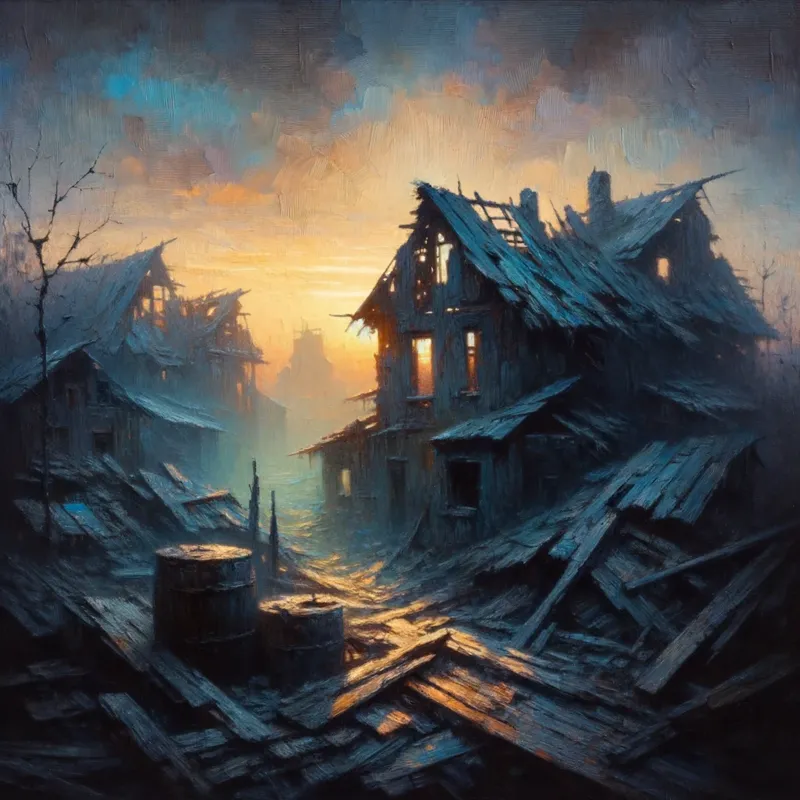
Entropy
The ancient Egyptian civilization, renowned for its monumental pyramids, hieroglyphic script, and profound spiritual beliefs, is where the earliest known representation of the ouroboros was found. Within the 'Enigmatic Book of the Netherworld' from Tutankhamun's tomb, the ouroboros is depicted in its classic form: a serpent consuming its tail.

We can't see the bottom

Essential for life
This symbol was not mere decoration; it held deep spiritual significance. The Egyptians associated the ouroboros with the sun god Ra, whose journey across the sky and through the underworld mirrored the cycle of life and death. The ouroboros was a visual testament to the eternal nature of the universe and the cyclical patterns that govern existence.
Greek Philosophical Interpretations

Learn to build
The ancient Greeks, with their pantheon of gods and rich philosophical traditions, adopted and adapted the ouroboros symbol. The term 'ouroboros' itself is Greek, meaning 'tail-devourer.' For Greek thinkers like Heraclitus, the ouroboros was emblematic of the fundamental nature of the universe, where everything flows in a perpetual cycle.

Work with your hands
Plato, in his dialogue 'Timaeus,' describes a self-eating, circular being as the first living creature in the universe, an immortal, mythically constructed entity. The ouroboros thus became a symbol of eternal cyclical renewal or a cycle of life, death, and rebirth.
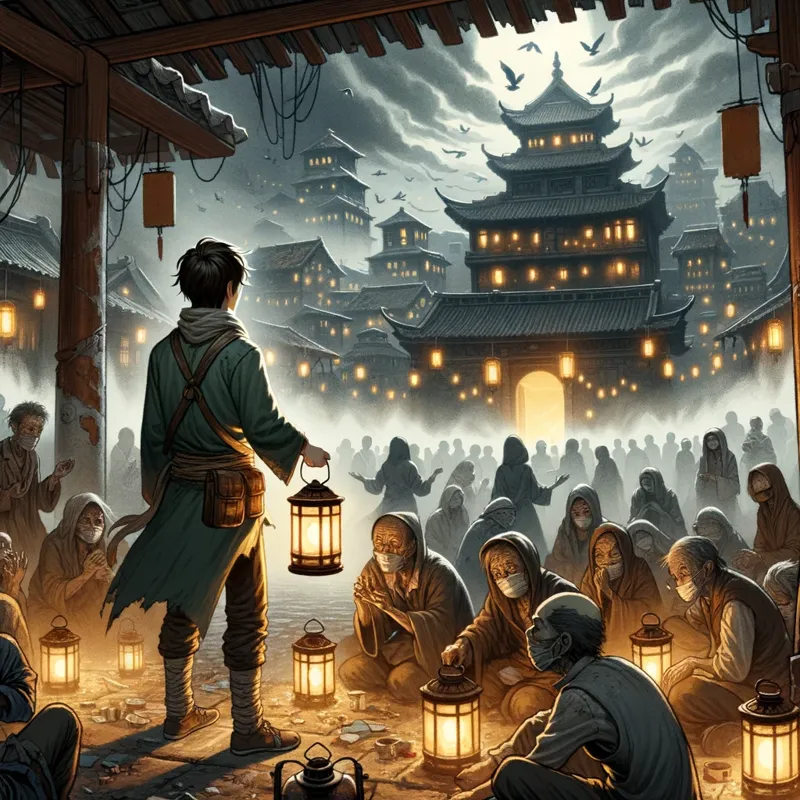
A hero to brave the unknown
Alchemical Significance
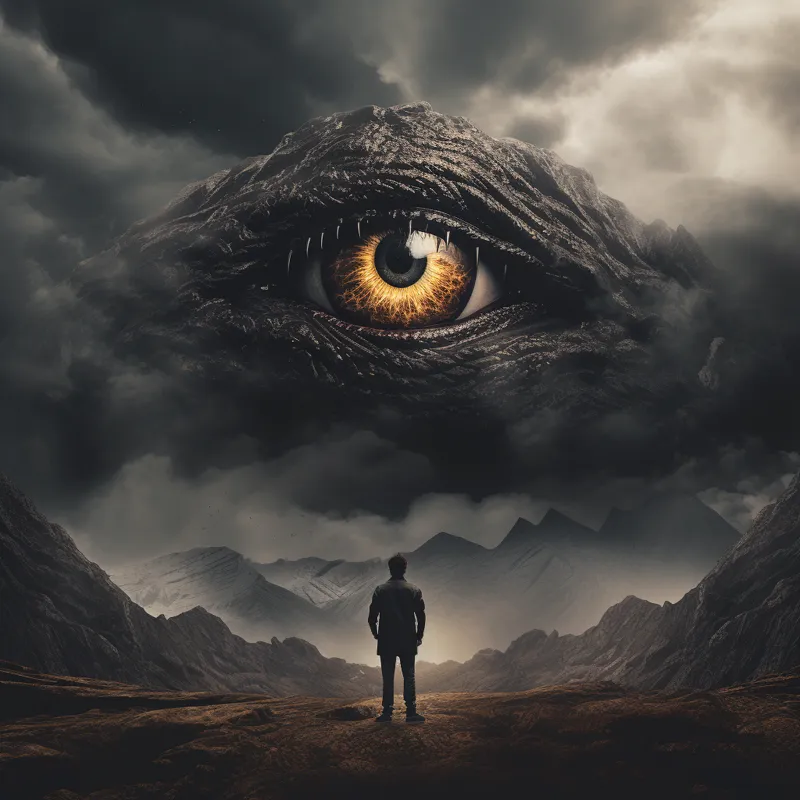
Why reach into the maw?
The world of alchemy, with its intricate symbols and pursuit of the philosopher's stone, found profound meaning in the ouroboros. To alchemists, this symbol encapsulated the essence of their work: the transformation and purification of the soul or matter. It stood for the endless cycle of destruction and creation, of life feeding on itself in the quest for immortality.

Golden flakes
The ouroboros can be found in many alchemical texts and illustrations, often accompanying other symbolic images like the phoenix, another emblem of rebirth. The intertwining of the spiritual and the material in the ouroboros made it a central figure in alchemical teachings.
Norse Mythology

A guide
The cold, rugged landscapes of Norse mythology give us the Midgard Serpent or Jörmungandr. This immense sea serpent, an offspring of the trickster god Loki, encircled the world, holding its tail in its mouth. The serpent's release from its tail would signal the onset of Ragnarök, the end-times in Norse belief, characterized by a great battle, natural disasters, and the submersion of the world in water.
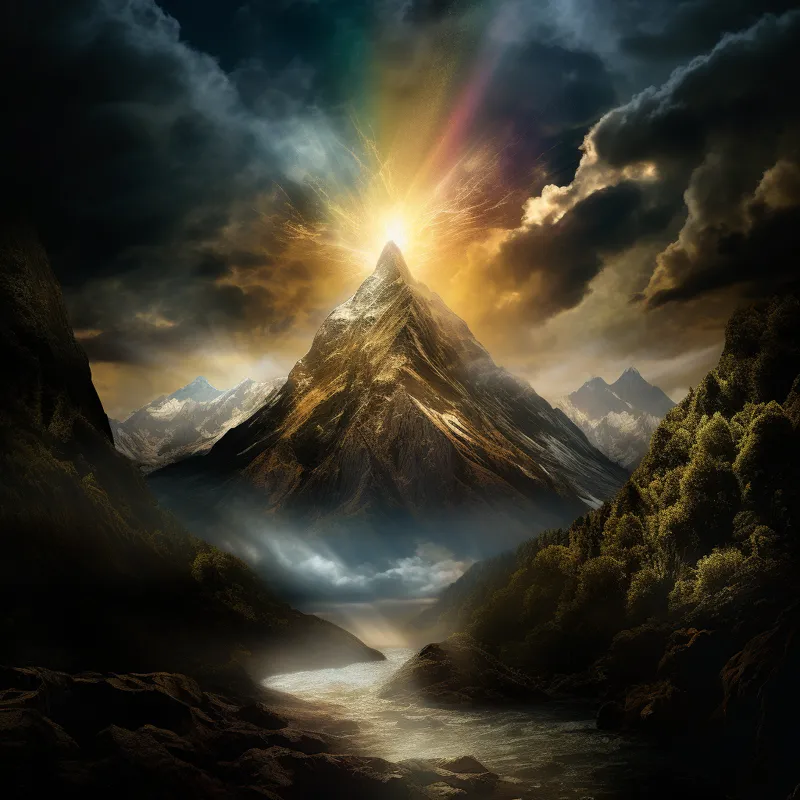
The place where no one has been
But as with all endings in cyclical beliefs, a new world would emerge from the waters, making Jörmungandr not just a harbinger of destruction but also of rebirth.

Into the heart
Eastern Interpretations
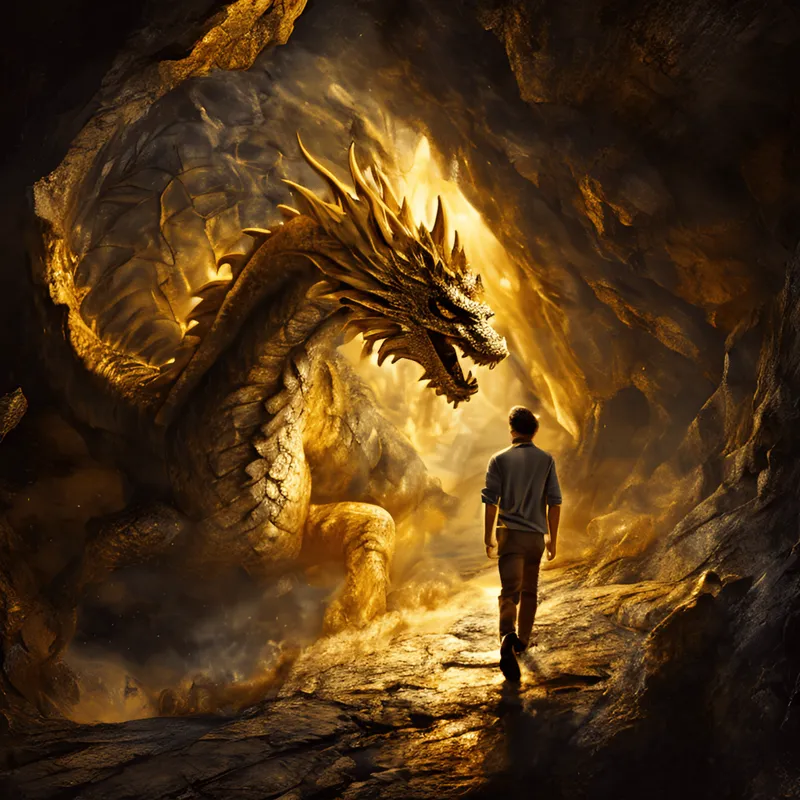
The right place
In the spiritual tapestry of the East, the ouroboros finds resonance in concepts like samsara and kundalini. In Hinduism and Buddhism, samsara refers to the repeating cycle of birth, life, death, and rebirth. The ouroboros, with its self-consuming cycle, is a fitting representation of this belief.

Don't blink
Moreover, in Hindu mysticism, the kundalini energy, visualized as a coiled serpent at the base of the spine, represents dormant potential. When awakened through spiritual practices, this energy rises, leading to enlightenment, mirroring the ouroboros' themes of renewal and rebirth.

The light at the end
Modern Pop Culture

An egg? ...of course
In today's globalized world, the ouroboros has transcended its ancient origins to become a symbol recognized and used in various facets of modern culture. From literature and films to fashion and tattoos, its representation of infinity, wholeness, and cyclical nature finds universal appeal.

The cycle begins again
For instance, in science fiction, the ouroboros might symbolize time loops or the cyclical nature of history. In fantasy tales, it could represent ancient powers or the eternal life of a character. Its versatility and profound symbolism ensure its continued relevance and adaptability.
Psychological Perspectives

New dawn
Carl Jung, a pioneer of analytical psychology, introduced the concept of the collective unconscious, a set of shared memories and ideas present in the subconscious of all humans. Within this framework, he identified archetypes, universal symbols and themes that recur across cultures and ages.
The ouroboros, for Jung, was one such archetype. He saw it as a representation of the human psyche's quest for integration and wholeness. The act of the serpent eating its tail symbolized the challenging process of introspection and self-reflection, leading to personal growth and self-realization.
The ouroboros, with its rich history and multifaceted interpretations, remains a symbol of profound significance. It serves as a constant reminder of the cyclical nature of existence, the balance of life and death, and the eternal dance of renewal. Regardless of its cultural or historical context, the ouroboros continues to inspire and resonate, emphasizing that in every ending lies a new beginning.

